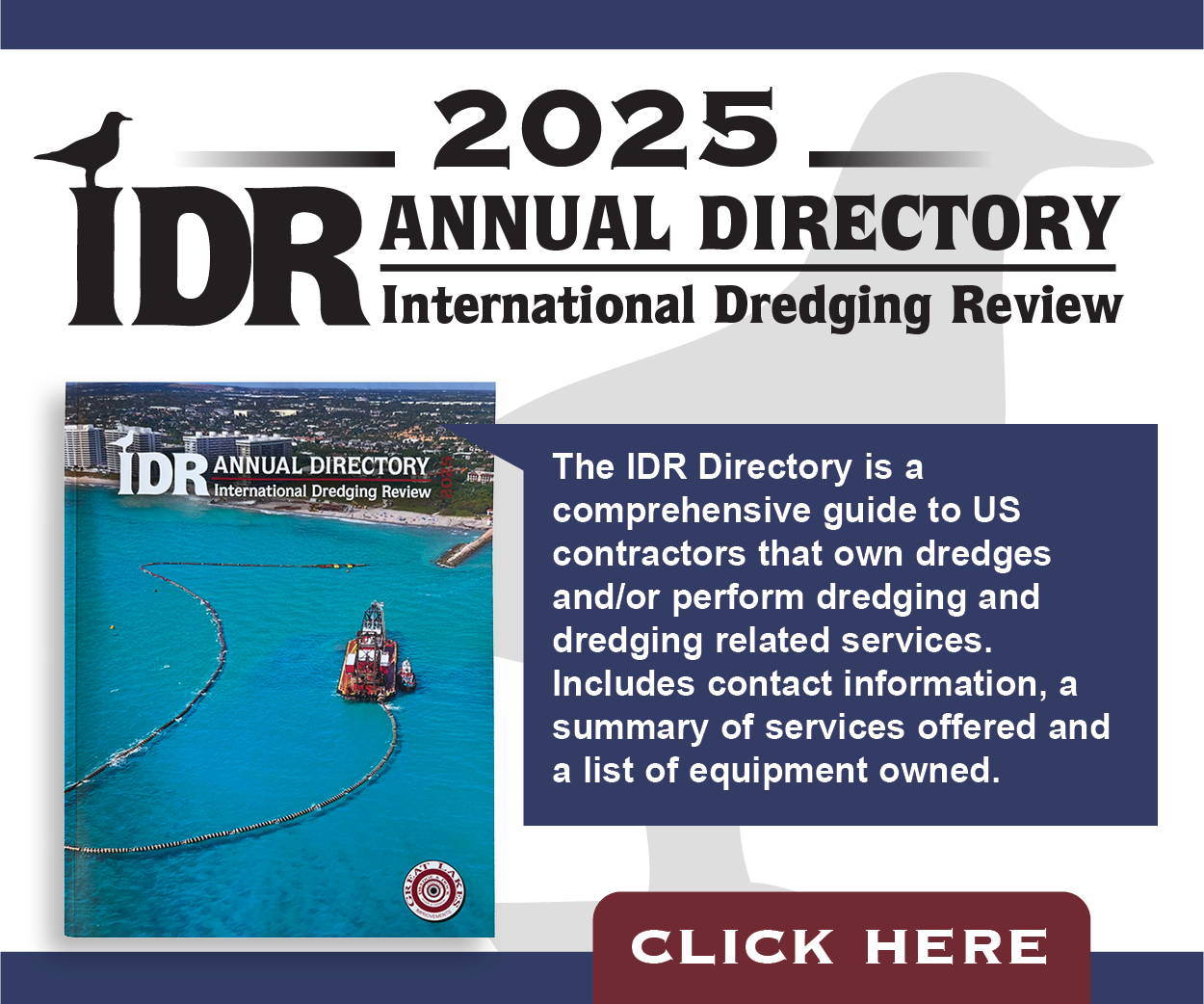Minnesota Council Pledges $12 Million To Carp Barrier
A local outdoor council in Minnesota voted on March 27 to pledge $12 million toward a barrier against invasive carp on the Mississippi River north of Winona, Minn. The Lessard-Sams Outdoor Heritage Council is a state-appointed group of eight citizens and four lawmakers that makes recommendations from dedicated state tax revenues.
In February, it found itself with an additional $12 million in its budget and added the carp barrier commitment to its $181 million list of conservation projects in a bill in the legislature.
Any carp barrier approved would be funded and maintained by the Minnesota Department of Natural Resources and the U.S. Fish and Wildlife Service. This January, the MDNR released an updated carp action plan that focuses on carp management in Pools 2 through 9 of the Upper Mississippi River over a 10-year period of 2024 through 2033. According to the plan, “A combination of management actions will be needed to slow invasive carp migration into Minnesota and minimize the impact of the invasive carp that are present in Minnesota. Removal of invasive carp is identified as a key management strategy in this plan.”
The plan discusses deterrent barriers as one part of suite of responses, including monitoring, eDNA collection and harvesting, but it notes, “Many of the actions in this plan, especially those that are new actions to be implemented, will require additional funding. Even actions that are currently funded will require additional funding to achieve improvements or increases in the application of that action.”
The plan singles out a “comprehensive, permanent” deterrent carp barrier at Lock and Dam 19 as a priority, even though it is not in Minnesota waters, “because invasive carp reproduction is occurring annually below Lock and Dam 19 and only sporadically in Pools 16 through 18.” But the plan also recommends scoping and design studies for a potential barrier at Lock and Dam 4 or 5. If a deterrent at Locks 4 or 5 proves not to be feasible, the plan suggests looking at Locks 2 and 8.
Katie Smith, the MDNR’s director of biological and water resources, told local media that the FWS has expressed interest in partnering on a barrier project—possibly using bubble barrier technology like those used at other sites—at Lock and Dam 5.



